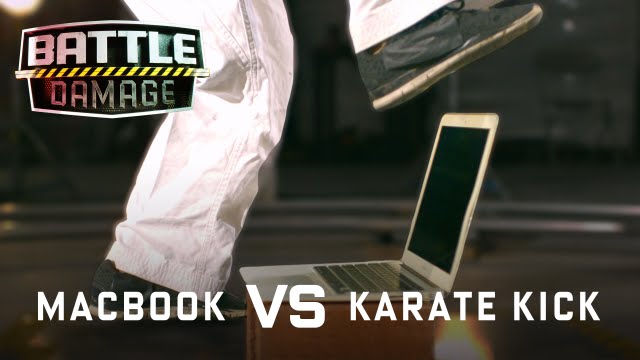The Rise of Small Companies and Hybrid Devices at CES 2014
Summary
In this article, we discuss the trends observed at the Consumer Electronics Show (CES) 2014 in Las Vegas. The rise of small companies and Kickstarter-funded projects, cross-branded headphones, and hybrid devices were among the most notable trends. We specifically focus on the Samsung Galaxy Camera, a hybrid device that runs on Android Jelly Bean, allowing users to take pictures, surf the web, and check email.
Table of Contents
- Small companies and Kickstarter-funded projects
- Cross-branded headphones
- Hybrid devices, specifically the Samsung Galaxy Camera
- Conclusion
Small Companies and Kickstarter-Funded Projects
One of the biggest trends at CES 2014 was the rise of small companies and Kickstarter-funded projects. These companies brought a fresh perspective to the show, showcasing innovative and unique products. Even established companies like Nvidia are branching out into new areas, such as video game hardware. This trend shows that the tech industry is not just dominated by big players, but there is room for smaller players to make an impact.
Cross-Branded Headphones
Another trend at CES 2014 was the popularity of cross-branded headphones. Lemmy from Motorhead and 50 Cent both released their own lines, with 50 Cent’s headphones designed to be durable and stylish for the YouTube generation. These headphones are a testament to the power of celebrity branding and the increasing importance of fashion in the tech industry.
Hybrid Devices: Samsung Galaxy Camera
Hybrid devices were also a big trend at CES 2014, with the Samsung Galaxy Camera being one of the most notable. This device is a 16 megapixel camera with a 4.8 inch touch screen that runs on Android Jelly Bean, allowing users to take pictures, surf the web, and check email. The device runs TouchWiz and has Samsung’s widgets, making it feel like a Samsung product. The camera is priced at around $550, which may seem expensive considering its photo quality is similar to that of a $200-$300 point-and-shoot camera. However, the device’s big advantage is sharing, as users can share photos directly from the camera without having to transfer them to a computer first. Despite its quirks, the device may represent the future of consumer cameras.
Conclusion
CES 2014 showcased a lot of new and interesting gadgets, with the rise of small companies and Kickstarter-funded projects, cross-branded headphones, and hybrid devices being among the most notable trends. The Samsung Galaxy Camera is a prime example of a hybrid device that combines the functionality of a camera and a smartphone. We encourage readers to check out the Gadget Lab website for CES coverage, including a recent best of CES roundup.







